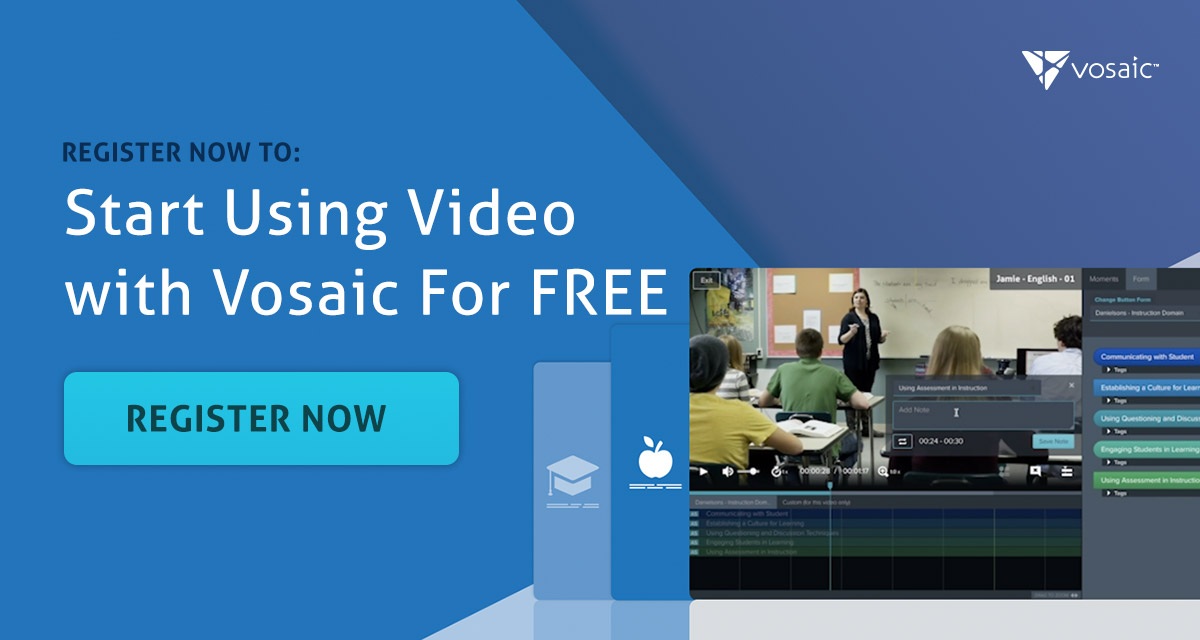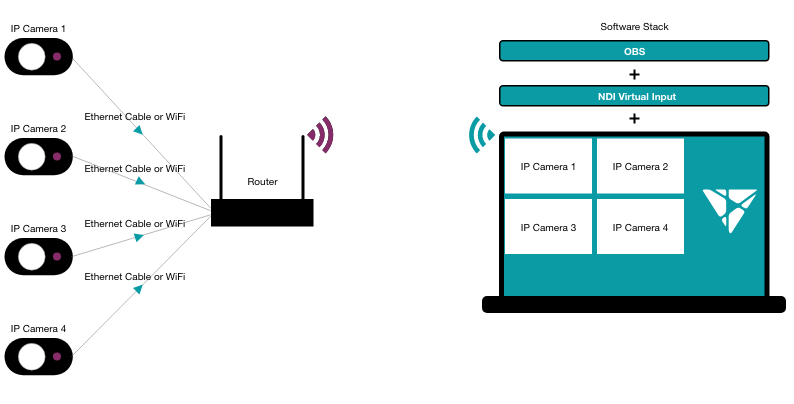Bias, in the Oxford Dictionary, is defined as “prejudice in favor of or against one thing, person, or group compared with another, usually in a way considered to be unfair.” Bias affects us all, and there are many forms to choose from, but implicit bias could be considered the most dangerous, namely because it is unconscious. When we partake in implicit bias, we do so without knowing we are.
It’s not all bad. Bias serves a purpose and can be immensely helpful because it’s derived from our survival instincts. Furthermore, if we didn’t have a level of bias and stereotyping, the number of decisions we make every day would be overwhelming. Mentally place yourself at the smoothie shop in the morning. You probably don’t consciously think, “I know green smoothies are less sweet than pink smoothies. Therefore I will choose the pink smoothie for breakfast.” But even if you do, you’ve still made a judgment based on past information.
One area implicit bias is not helpful? Teacher observations. (More on that in our next article). We can take care to eradicate implicit bias by understanding some basics about the brain. The brain works in two systems, according to “Video in Teacher Learning: Through Their Own Eyes,” by Laura Baecher. To kick-off a mini-series on our blog about creating non-judgmental classroom observations, we have an overview of those two systems.
Stay on Top of Important Discoveries
We read case studies and academic journals so you don’t have to. Sign up and we’ll send you the key takeaways.
System 1 Brain: Automatic
Works quickly and intuitively, especially based on past experiences
Utilizes ingrained emotions and instincts
Performs evaluations instantly and sends those evaluations to System 2
System 2 Brain: Conscious
Works slowly and depends on conscious evaluation
Utilizes deliberation and factual evidence
Intercepts information from System 1 and morphs them into opinions
Both systems are useful and necessary for us to function, but because System 1 invokes the “fight or flight” survival response, our brains can end up making snap judgments that aren’t always positive. And when combined with our biases, those judgments can lead to actions that impede growth.
The Goal:
Slow down your System 1 Brain to allow the System 2 Brain to fully perform its job.

Tip:
In observations, make it a goal to never state “I think...”, a dead give-away that judgment is being made and bias is present. Anything that can’t be qualified as a fact shouldn’t make a preliminary review. Using video as a method of review guards everyone involved from bias, because it presents only objective data.
About Vosaic
Vosaic’s cloud-based AI-powered video platform is used to help teachers, pre-service teachers, and professionals bridge the gap between theory and practice. Easy-to-use video recording, commenting, and sharing enables users to more effectively observe coach, and mentor. Teachers and coaches can upload, record, and share videos for evaluations, feedback, self-reflection, and so much more.




